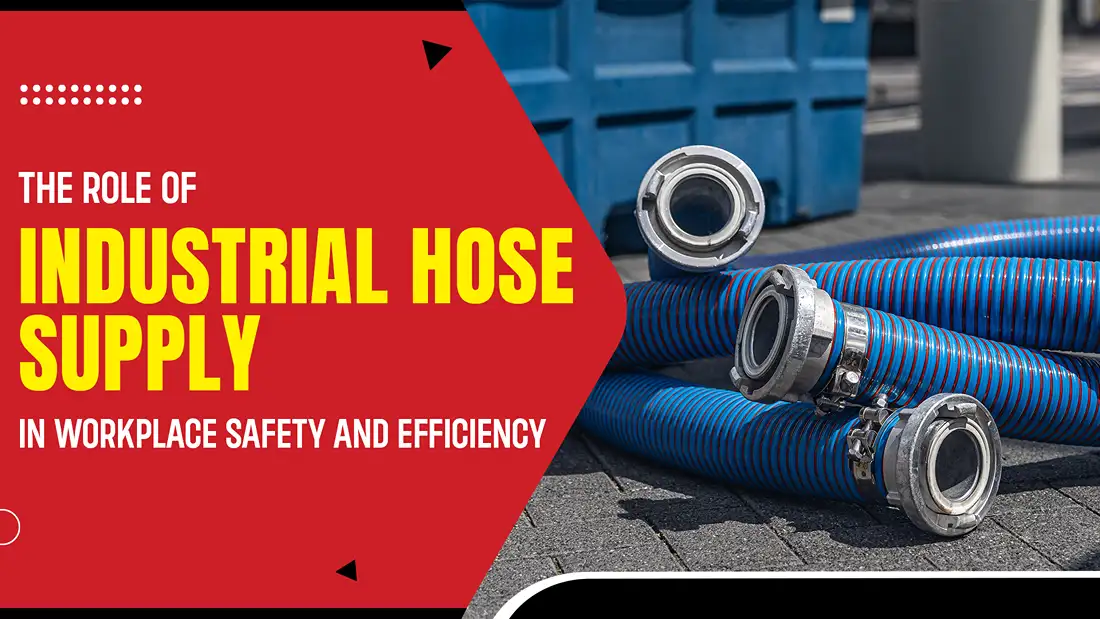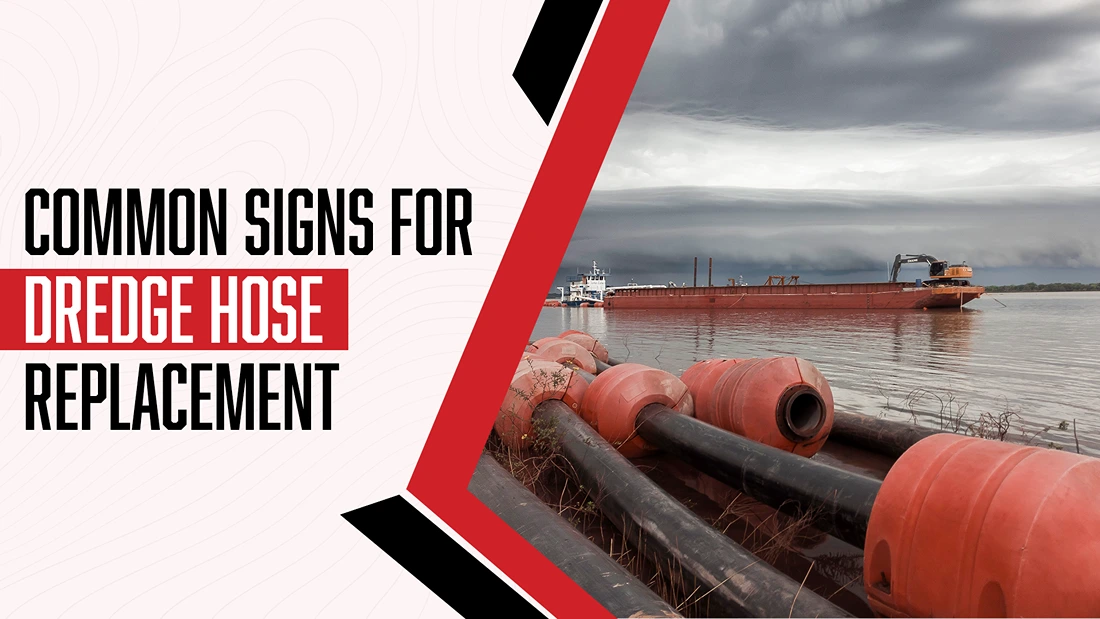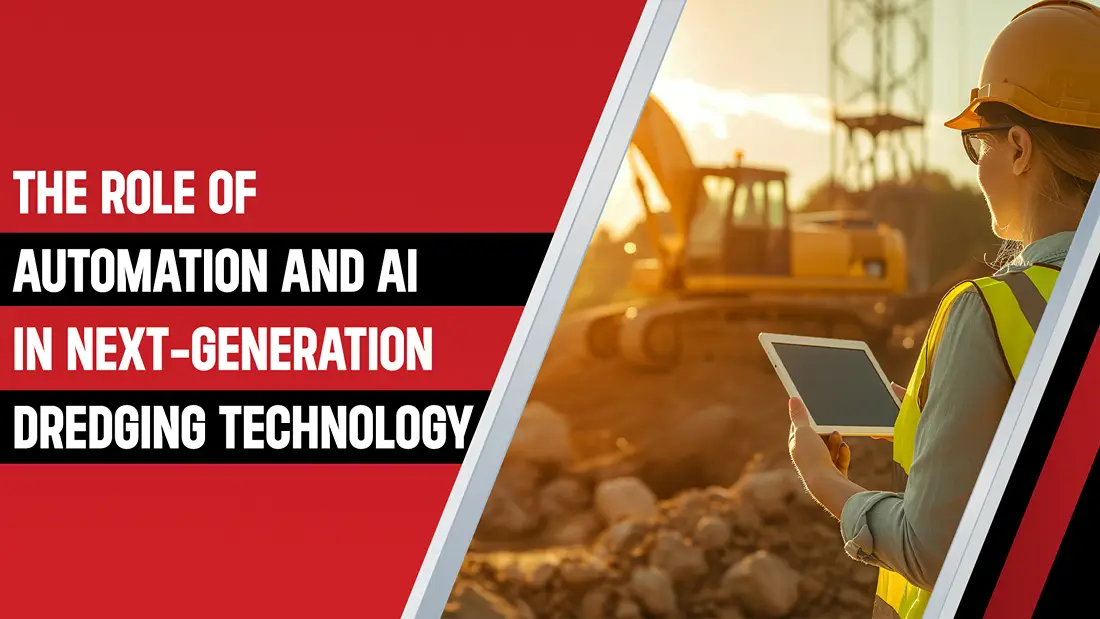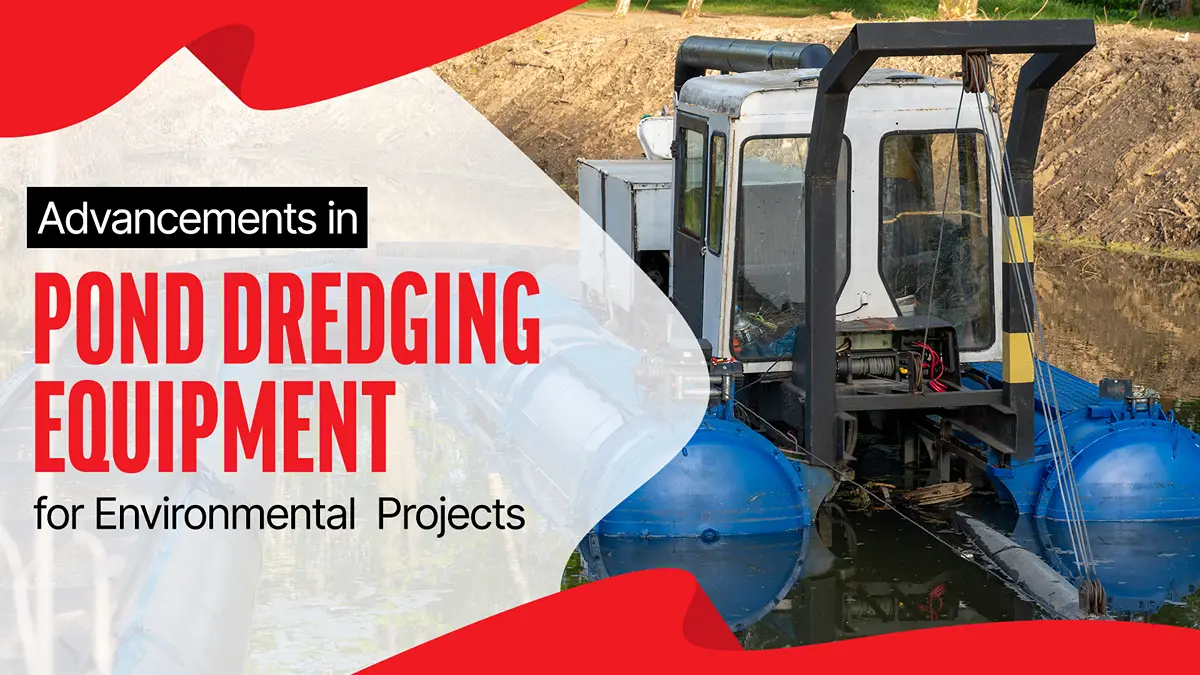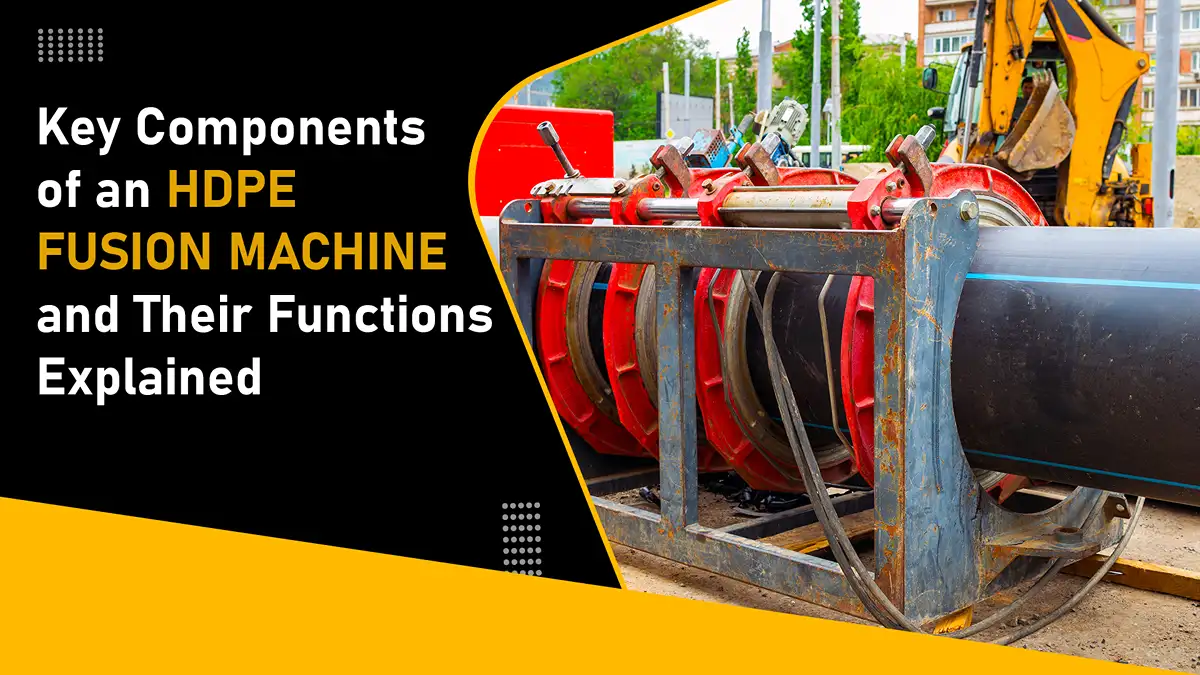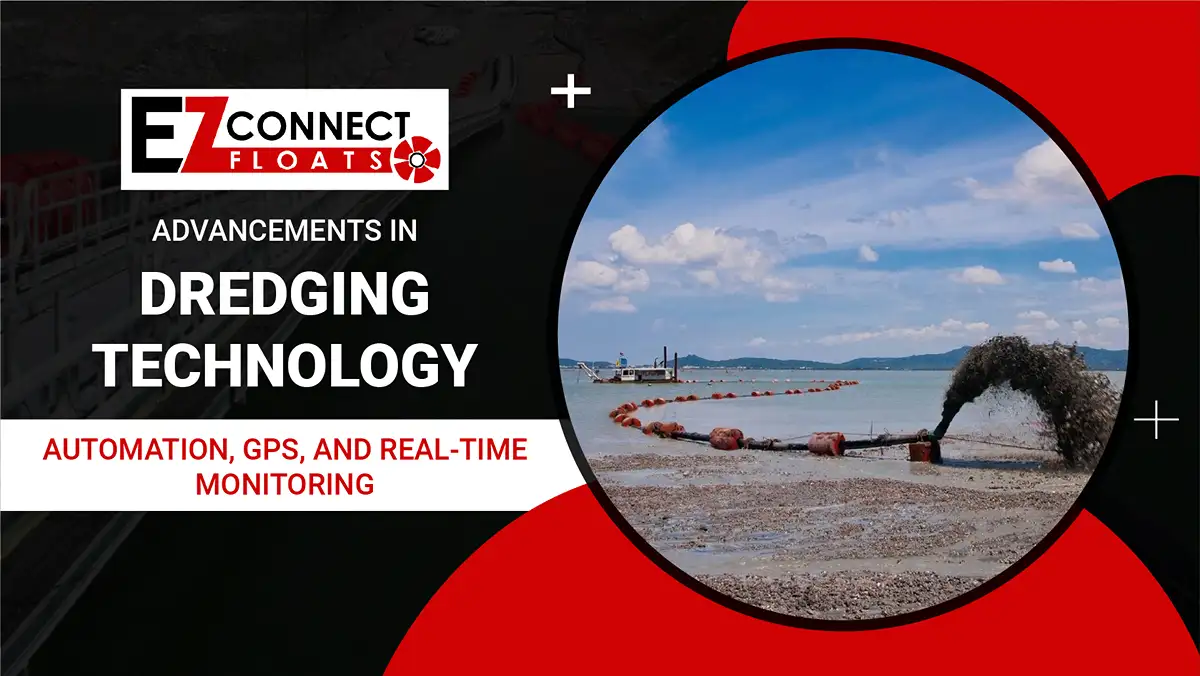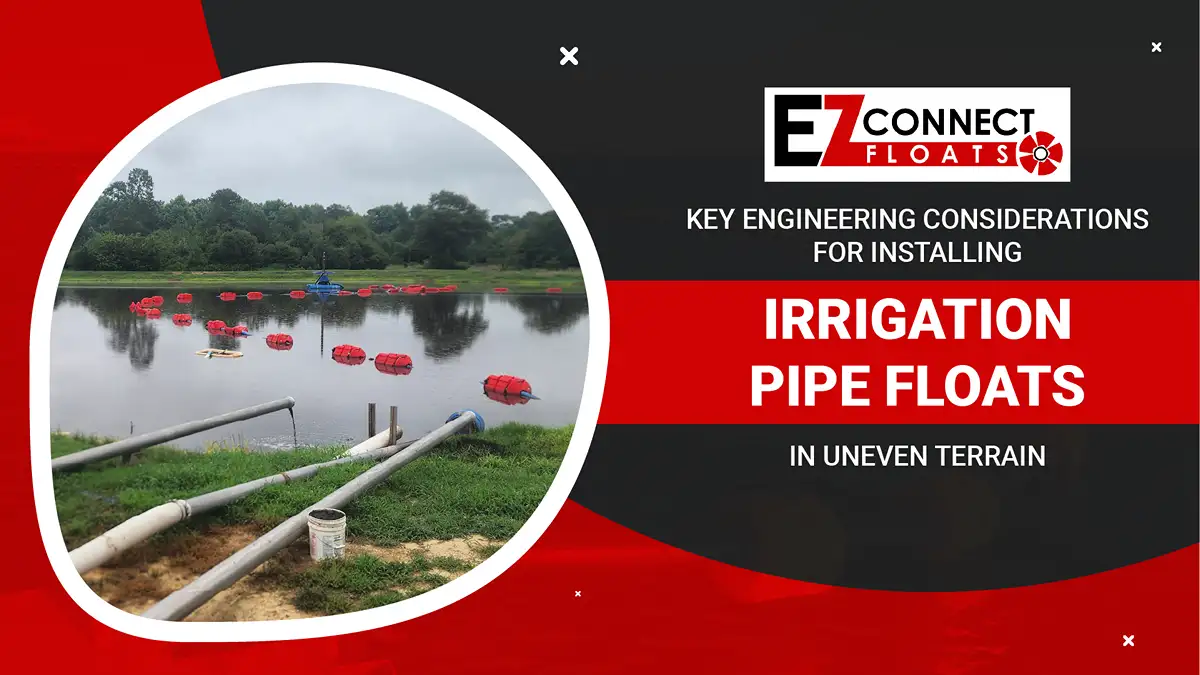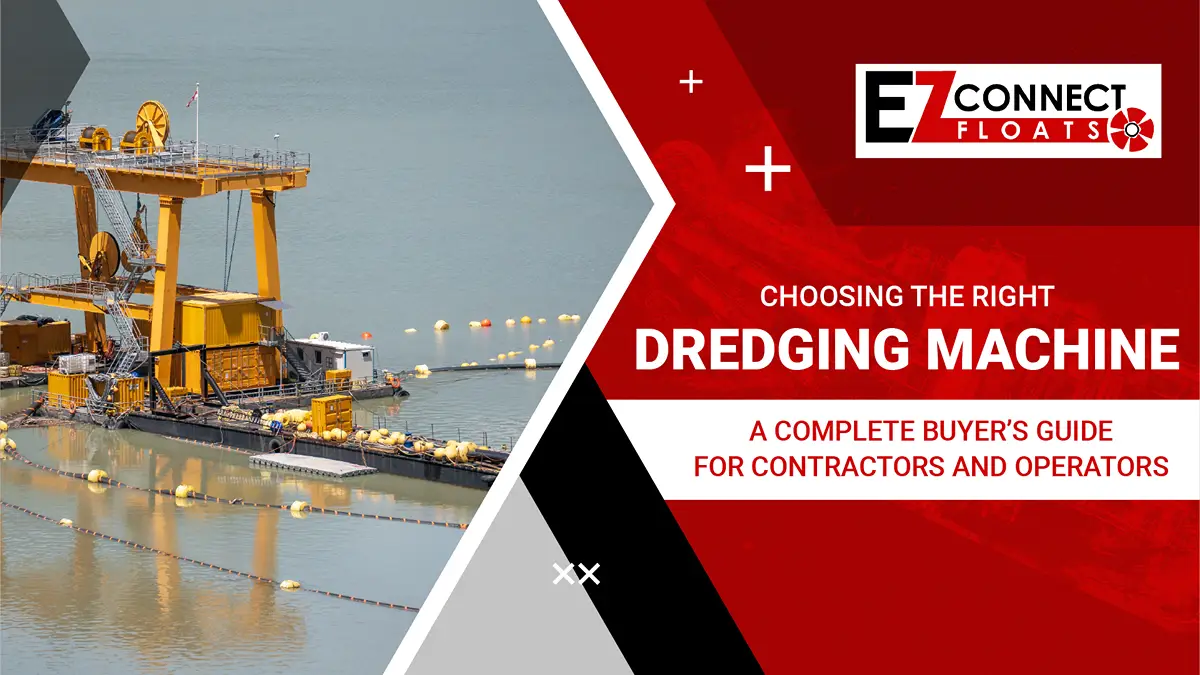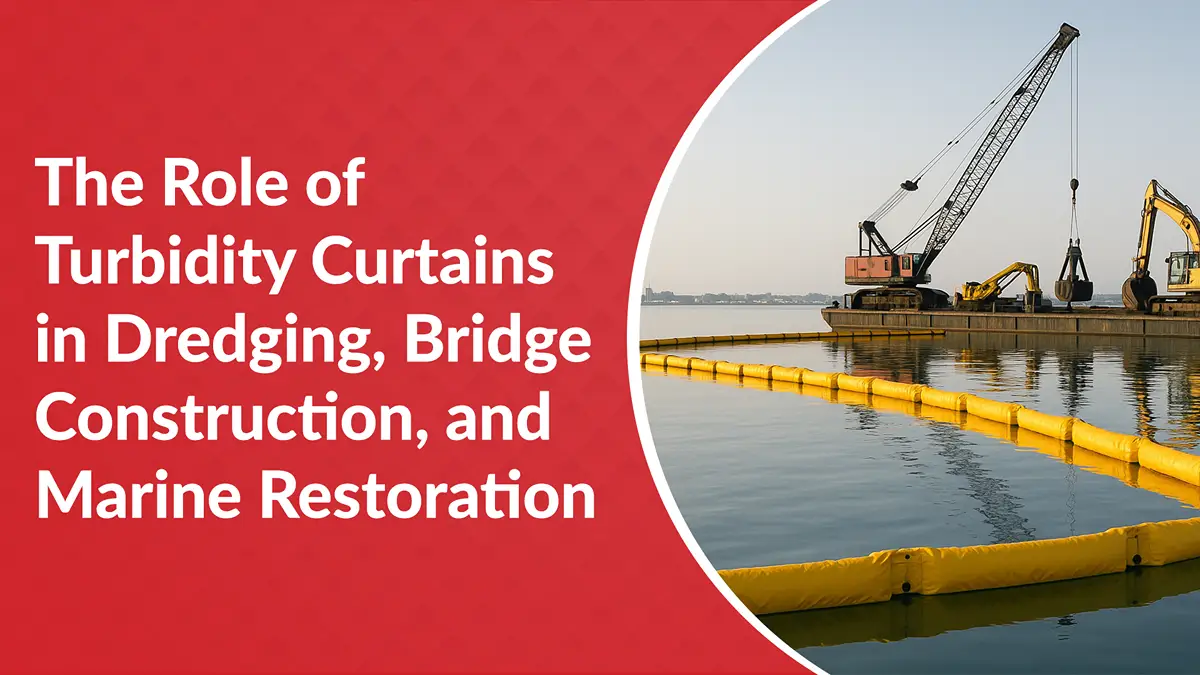Blog
- Home
- Blog
- News
- November 3, 2025
- 0 Comments
The Role of Industrial Hose Supply in Workplace Sa
In high-stakes industries such as oil and gas, mining, manufacturing, dredging, and defense, industrial hoses serve as vital connectors in daily operations. Whether transferring hazardous fluids, powering hydraulic systems, or supporting dewatering and vacuum applications, these components must perform reliably under demanding conditions. The performance of an entire operation can hinge on the strength, flexibility, […]
- News
- October 14, 2025
- 0 Comments
Common Signs For Dredge Hose Replacement
Dredge hose is an essential component in mining, oil and gas, and heavy industries, where it is used to transport materials such as sediment, slurry, and other abrasive materials. In dredging operations, these hoses facilitate the movement of dredged materials from the seabed or riverbed to the processing site. Whether it’s for underwater dredging projects […]
- News
- October 1, 2025
- 0 Comments
The Role of Automation and AI in Next-Generation D
Dredging technology has undergone a quiet but powerful transformation over the past decade. A purely mechanical process, which included heavy machinery, manual supervision, and reactive maintenance, is quickly evolving into one that is enhanced by digital technology. The combination of automation, artificial intelligence (AI), and real-time data analytics is making today’s dredge technology smarter, cleaner, […]
- News
- September 16, 2025
- 0 Comments
Advancements in Pond Dredging Equipment for Enviro
Introduction Evolving Demands in Environmental Dredging Projects Modern Methods of Pond Dredging: A Technical Snapshot Equipment Innovations Driving Performance and ROI Choosing the Right Pond Dredging Equipment: Factors That Matter Viable Alternatives to Traditional Dredging (When Full Dredging Isn’t Optimal) Real-World Applications & Case Use Scenarios How Equipment Design Affects Long-Term Outcomes Key Takeaways for […]
- News
- September 4, 2025
- 0 Comments
Types of Firefighting Equipment: A Comprehensive B
Introduction Core Categories of Firefighting Equipment Supplementary Equipment and Infrastructure Firefighting Systems: Application-Based Classification Operational Considerations for Equipment Procurement Firefighting in Action: The 7 Critical Steps Final Considerations for Industrial Fire Readiness Table of Contents Introduction Core Categories of Firefighting Equipment Supplementary Equipment and Infrastructure Firefighting Systems: Application-Based Classification Operational Considerations for Equipment Procurement Firefighting […]
- News
- August 21, 2025
- 0 Comments
Key Components of an HDPE Fusion Machine and Their
Introduction Understanding the HDPE Fusion Machine Key Components of an HDPE Fusion Machine How HDPE Fusion Works: From Setup to Solid Joint Performance and ROI Benefits for Industrial Projects Maintenance and Best Practices for Reliability Maximizing Project Success with the Right HDPE Fusion Machine Table of Contents Introduction Understanding the HDPE Fusion Machine Key Components […]
- News
- July 29, 2025
- 0 Comments
Advancements in Dredging Technology: Automation, G
Why Dredging Tech Matters in 2025 What Is Modern Dredging Technology? Core Technological Advances Reshaping Dredging Application Benefits Across Key Industries Remote Operations and Cloud Connectivity Sustainability and Compliance Built Into Dredging Equipment Procurement and Project Strategy: Choosing the Right Tech Driving the Future of Infrastructure with Advanced Dredging Technology Table of Contents Why Dredging […]
- News
- July 11, 2025
- 0 Comments
Key Engineering Considerations for Installing Irri
Irrigation pipe floats are essential components in ensuring the stability and efficiency of irrigation systems, particularly in challenging terrains. These specialized devices provide critical support to floating irrigation pipes, preventing them from shifting, sinking, or being damaged by external factors such as water flow, soil erosion, or uneven ground. By offering buoyancy, irrigation pipe floats […]
- News
- June 20, 2025
- 0 Comments
Choosing the Right Dredging Machine: A Complete Bu
Introduction What Is a Dredging Machine? Types of Dredging Machines Sand Dredging Machine: Specialized Solutions for Sand Extraction Key Factors to Consider Before Buying a Dredging Machine Dredging Machine Features Checklist Comparing Dredger Machine Manufacturers Cost Breakdown: Initial Investment vs Long-Term Value Final Takeaways for Dredger Selection. Table of Contents Introduction What Is a Dredging […]
- News
- June 13, 2025
- 0 Comments
The Role of Turbidity Curtains in Dredging, Bridge
Maintaining water quality and ensuring environmental compliance is crucial in modern infrastructure development, particularly when projects intersect with aquatic environments. Whether it’s dredging a shipping channel, constructing a bridge, or restoring a marine habitat, the potential for sediment disturbance is high. Without mitigation, sediment dispersion can degrade water quality, disrupt ecosystems, and violate environmental laws. […]

